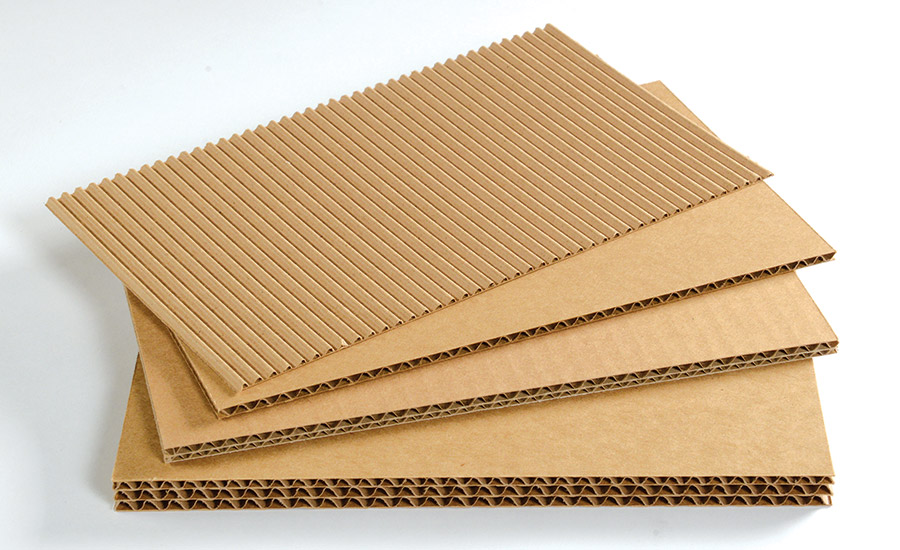Foodborne illness is an escalating problem, with deadly outbreaks making news on a regular basis. Often, the infections are traced back to contaminated protein products or fresh produce. Much effort is going toward identifying the sources of contamination and preventing bacteria from multiplying along the way to store shelves. This important public health issue commands attention and diligence from all parties in the food supply chain, including food packagers and shippers, as well as producers and retailers.
The containers used to ship food products are just one link in the chain that should be evaluated for cleanliness to prevent the spread of disease. Packaging in single-use, recyclable corrugated containers is a cleaner, safer way to go. Here’s why. A new study shows the corrugated packaging manufacturing process is sufficient to destroy common food pathogens, effectively meeting the U.S. Environmental Protection Agency’s (EPA) requirements for chemical sanitizers.
The laboratory study, conducted by NSF International under the direction of Maryann Sanders, senior regulatory specialist and microbiologist at Haley & Aldrich, Inc. and sponsored by the Corrugated Packaging Alliance (CPA), evaluated both temperature and time to determine if typical corrugated manufacturing processes, which combine a fluted or arched layer of paper sandwiched between two smooth layers, were sufficient for sanitization.
The study employed a temperature and time profile representative of manufacturing practices where linerboard reaches temperatures of 180 to 200 degrees Fahrenheit for approximately nine seconds. Under these conditions, linerboard contaminated with a cocktail of various thermotolerant organisms, including both E. coli and Salmonella spp., reached the specified temperature for the identified time resulting in a five-log reduction in organisms present on the liner surface, effectively meeting the EPA’s defined requirement for sanitization.
This research confirms what we have known for decades. The corrugation process has sufficient temperatures and dwell time to kill microbes. Clean boxes have been consistently verified at box plants and at customer locations.
This study is the latest in a line of both field and laboratory-based research studies performed over the past several years demonstrating the cleanliness of single-use corrugated packaging. A study conducted from 2010 to 2014 showed that over 400 microbiological test results collected from 40 paper and box facilities all met acceptable standards for clean packaging. Another study released in February 2015 revealed that 100% of corrugated boxes from six different box suppliers tested at six different customer locations in three different U.S. regions met standards for clean packaging.
Corrugated packaging is a safe bet for shipping food products to help prevent illness. For more information about the cleanliness of corrugated packaging, visit corrugated.org.
Visit us on Twitter (@corrugatedpkg) at https://twitter.com/corrugatedpkg


